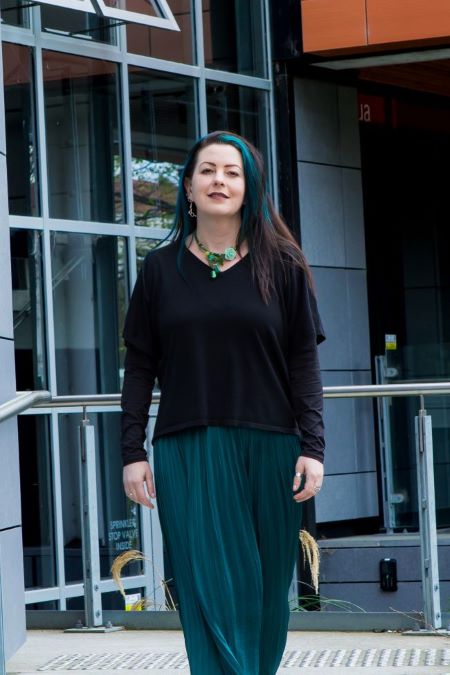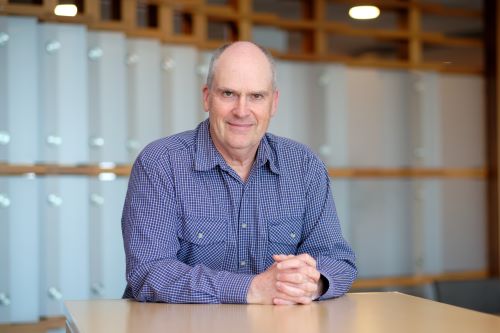Regardless of whether they plan to steer, slide or just plain shove their organisation into new thinking space, most executives know they can use transformation and innovation as pathway to corporate growth. What they often don’t know is how, says SAP Australia and New Zealand CEO Geraldine McBride.
In recent conversation with Management magazine, McBride outlined what she calls her four “truths” of change drawn from 12 years’ experience implementing company transformations in South Africa, the United States, Australia and New Zealand. McBride, who is also corporate ambassador for the upcoming Leaders in Sydney conference at the end of October this year, says these approaches are “universally applicable” and can be implemented across wide variety of businesses and industries and to both public and private sector organisations.
For starters, says McBride, an executive must be able to articulate “clear and lasting” strategy. “Getting people on the page is very important.” Shoot for big hairy audacious goals rather than incremental changes. Keep it simple and memorable by having no more than five key points and be aware that businesses often lose their way on the journey to change, slipping back into an internal focus rather than facing outward. “Also remember that at this stage, putting in the software is the easy part. The people side is the hard bit.”
Next, says McBride, ensure the right people are in the right place doing the right things. Companies that get that sorted, she says, have “quite ordinary people doing extraordinary things”. She advises companies to create an inventory of talent – right from the top to the bottom of the organisation – grading everyone’s skills and competencies. Engage people on the journey and get them sitting in the right seat – for them – on the bus. Remove resistance and never underestimate it. “Either bring people on board or remove them from the organisation.”
Thirdly, give up if the CEO isn’t on board. Change starts at the top, not in the middle or bottom of organisations, she says. “I’ve seen too many initiatives founder because the leader won’t champion them.” CEOs must tell it like it is. “They’ve got to tell staff the patient is sick, describe new and better future and include clear call to action.” Answer the main question from staff: what’s in it for me?
Finally, ensure the whole organisation is behind the transformation and get the appropriate structures in place to back up change initiatives. “Organisations that don’t get their goals, measures and rewards aligned will find it’s very hard to get changes to stick,” says McBride. “Change is very fragile so organisations will want to slip back to how they were before.”
McBride – who argues that more emphasis should be placed on developing leadership skills within businesses, regardless of their size or industry – warns that if any one of these four elements is not implemented correctly, the desired change will not occur.
Speakers at the two-day Leaders in Sydney conference include former president of the United States Bill Clinton, General Electric’s Jack Welch, Body Shop founder Anita Roddick, author, philosopher and futurologist Alvin Toffler and management thinker Tom Peters. More information at www.leadersinsydney.com.

Leave is leave
Thanks to the 24/7 connectivity of modern work life, it can feel like taking leave and being on leave are two different things. But, writes Kate Kearins, they shouldn’t be.










